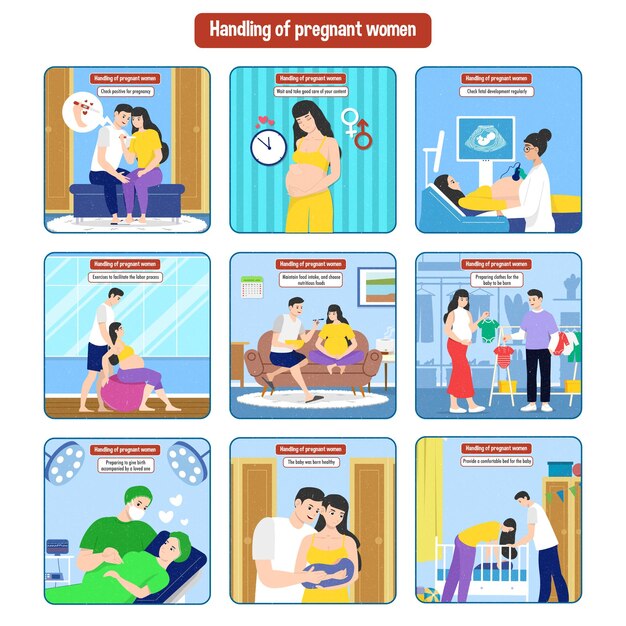When period pain is not normal

Period pain is something most women experience during their menstrual cycle. It’s often seen as a normal, if unpleasant, part of being female. However, while mild to moderate cramps are common, not all period pain should be ignored. If your discomfort is disrupting your daily life, it might be time to look deeper. This blog will help you understand when period pain is not normal, why it's important to track your cycle, and what steps you can take to find relief.
Understanding "Normal" Period Pain
Most menstrual cramps also called primary dysmenorrhea occur just before or during your period and are caused by uterine contractions. These cramps can range from dull aches to sharp, throbbing pain in the lower abdomen, lower back, or thighs. Common symptoms also include:
-
Mild fatigue
-
Headache
-
Bloating
-
Mood swings
This kind of pain typically lasts 1-3 days and responds well to rest, heat pads, or over-the-counter pain relievers like ibuprofen.
When Period Pain Is Not Normal
If your period pain goes beyond typical monthly discomfort, it could be a sign of an underlying medical condition. Here are warning signs that your pain might not be normal:
1. Pain That Disrupts Your Life
If you find yourself missing school, work, or social events due to severe period pain, it’s a red flag. Periods shouldn't regularly prevent you from functioning.
2. Pain That Doesn’t Go Away With Medication
Normal cramps usually ease with rest, heat therapy, or medications. If your pain doesn’t improve with these methods, it’s worth investigating.
3. Pain That Lasts Longer Than Your Period
If the pain starts days before your period or continues well after it ends, that could point to something more serious.
4. Pain During Other Times of the Month
Experiencing pain during ovulation, sex, urination, or bowel movements isn’t typical of regular period cramps.
5. Heavy Bleeding With Clots
Severe cramps paired with very heavy bleeding or passing large clots could be a sign of an abnormal condition.
Possible Causes of Abnormal Period Pain
If your pain seems out of the ordinary, several medical conditions might be involved:
🌸 Endometriosis
Tissue similar to the lining of the uterus grows outside it, causing intense pain, especially during periods.
🌸 Polycystic Ovary Syndrome (PCOS)
While not always painful, PCOS can lead to irregular periods and inflammation that may be painful.
🌸 Fibroids
Noncancerous growths in the uterus that can cause heavy bleeding and severe cramps.
🌸 Pelvic Inflammatory Disease (PID)
A bacterial infection in the reproductive organs that causes chronic pelvic pain.
🌸 Adenomyosis
The inner lining of the uterus breaks through the muscle wall of the uterus, causing severe cramps and heavy bleeding.
The Role of Cycle Tracking
Tracking your menstrual cycle can be incredibly useful in identifying abnormal pain patterns. Apps like Clue, Flo, or My Calendar help you monitor:
-
Cycle length
-
Bleeding intensity
-
Symptoms (pain, mood changes, fatigue, etc.)
-
Duration of pain
Consistent tracking gives both you and your healthcare provider a clearer picture of what’s going on in your body.
What You Can Do
If you’re dealing with painful periods that feel more intense than usual, here are steps to take:
✅ Consult a Gynecologist
Never self-diagnose. If your pain is abnormal, seek a professional diagnosis to rule out conditions like endometriosis or fibroids.
✅ Try Natural Remedies (After Consultation)
-
Heat therapy (hot water bottles)
-
Herbal teas (ginger, chamomile)
-
Anti-inflammatory foods (turmeric, leafy greens)
-
Light exercise or yoga
✅ Use Pain Relievers Wisely
Overuse of painkillers can cause stomach issues or become ineffective over time. Always use them as directed.
✅ Consider Hormonal Treatments
Birth control pills, patches, or IUDs may regulate periods and reduce pain—but they’re not for everyone. Discuss with your doctor.
✅ Explore Alternative Therapies
Acupuncture, pelvic physical therapy, or magnesium supplements may also help relieve symptoms.
Final Thoughts
Period pain is common but suffering in silence isn’t normal. Your body communicates with you through symptoms, and extreme or prolonged pain is its way of saying something may be wrong. By tracking your cycle, listening to your body, and seeking the right care, you can take control of your reproductive health and find relief.
Related Articles

Baby development at 1 week

Preparing for Labor and Delivery

Packing your hospital bag

Warning signs to watch out for

The Ultimate Guide to Getting Pregnant: Fertility Tips, Timing, and Lifestyle Changes

Is it safe to exercise?

Benefits of therapy

Understanding Your Cycle: Daily Wins, Challenges, Hormones, and Self-Care